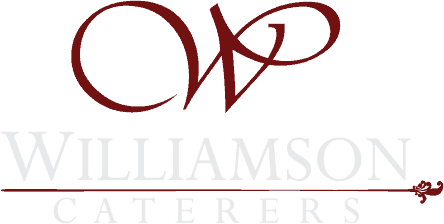In 1882 James C. Smith of Philadelphia purchased 143 acres of land on the west side of S. Concord Road. At the northern end of this property, the south side of today’s Oakbourne Road, he and his wife created a 27 acre park amid the large trees and small stream that occurred there naturally. They built a summer house and pond there and enclosed it with a stone wall which ran along the Oakbourne Road boundary.
The highest area of the Smith property had an extensive and choice view of the southeast, overlooking the rolling hills of Westtown and neighboring communities. Here, the previous owners, Mr. and Mrs. John Hulme, had built a handsome Italianate granite farmhouse which they named “Belmont.”
By 1884, the Smiths had enlarged and refurbished the mansion into a High Victorian / Queen Anne Revival style, characterized by the use of multiple materials and textures to produce elaborate and asymmetrical ornamentation. According to the Philadelphia Society of Architectural Historians, the architect is believed to be T. Roney Williamson (1852-1896). The Smiths renamed their renovated home “Oakbourne.”
A magnificent 65-foot tall water tower was built in the same style as the renovated mansion. It housed two 500 gallon twin water tanks that provided running water and fire protection for the home. The structure also provided a secondary function as a lookout from which to view the surrounding countryside.
A Daily Local news article published November 17, 1885, describes the mansion, “….the mansion is built of dark stone and contains eighteen rooms, each superbly furnished. A feature consists in a massive ornamental copper gable end and cornice of great value, and a large tower runs up to a considerable height, from the top of which a magnificent view is obtained. Everything about the estate is in keeping with the lawn and mansion; there are quite a number of elegant buildings, ‘lodges’, etc. Mr. Smith devotes much time to raising livestock, and he possesses many valuable horses, cows, etc.”
Mr. Smith died in 1893, and his wife died three years later. They had no living children. He willed the property to the Philadelphia Protestant Episcopal City Mission, with the stipulation that it be used as a retreat for sick and convalescent white women, 23 years of age or older. In accordance with his will, a trust fund was established from which the income needed to maintain the home was drawn.
During the time it was used as a retreat for women, significant changes were made to the mansion. An early 20th century English Tudor-style wing was added on the south side, and later a large meeting room was attached to the western end. The top of the observation deck was removed and was replaced by a flat roof. The large front porch was also removed. A small chapel was created adjacent to the center hall in 1917, and is now a focal point of many wedding photos.
In 1896, the Smith Estate sold 96 acres to the Pennsylvania Epileptic Hospital and Colony Farm. This land, subdivided several times over the years, is now part of Gaudenzia House, Oakbourne Park, and the Pleasant Grove neighborhood.
For more than 70 years the James C. Smith Memorial Home was opened to guests. As many as 25 to 30 women convalesced there at any given time. By 1971, however, increasing operational cost forced the home to close its doors.
The Westtown Township Board of Supervisors passed a resolution in 1974 to purchase the Smith tract for use as a township park. Other tracts, once part of the original estate, were acquired through subsequent purchase or donation, to create the 94 acre park that we enjoy today.

